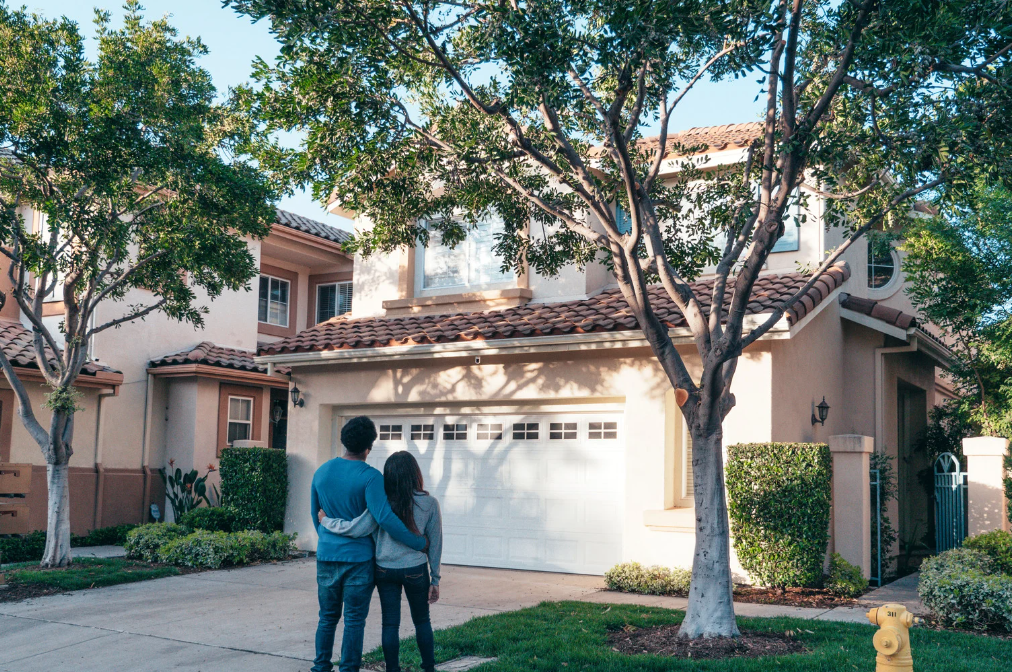Your Rights Regarding Overhanging Trees

Property disputes involving overhanging trees are common, and homeowners often wonder what legal rights they have when a neighbor’s tree extends onto their property. Property laws generally allow homeowners to take action, but only within specific legal boundaries.
- You typically have the right to trim branches that extend over your property, but only up to the property line.
- Cutting beyond your property line or harming the tree itself could result in liability for damages.
- If an overhanging tree is causing damage or poses a risk, you may have legal grounds to request removal or compensation.
- Local ordinances may impose restrictions on tree trimming, so checking municipal regulations is essential.
When an Overhanging Tree Causes Damage
If a neighbor’s tree damages your property, you may be able to seek compensation. Liability laws often determine responsibility based on negligence.
- If a tree branch falls and damages your home, car, or fence, the owner may be liable if they knew the tree was a risk.
- Roots from an overhanging tree can cause damage to sidewalks, driveways, and even plumbing systems.
- Homeowners are usually responsible for cleaning up fallen leaves and small debris, even if they come from a neighbor’s tree.
- If a tree is diseased or structurally weak, your neighbor may be legally obligated to remove or trim it before it causes harm.
How to Handle Tree Disputes with Neighbors
Disputes over trees can become heated, but resolving the issue amicably is often the best approach. Neighbor dispute resolution methods encourage communication before legal action.
- Talking to your neighbor about your concerns may lead to a mutual agreement on trimming or removal.
- Mediation services can help settle disputes without the need for legal action.
- If an agreement cannot be reached, you may need to file a formal complaint or seek legal intervention.
- Documenting the issue, including photographs and written notices, can help if legal action becomes necessary.
Legal Options for Overhanging Trees
If a tree dispute escalates, legal action may be required to enforce property rights. Property law cases provide guidance on how courts typically handle these issues.
- Small claims court may be an option if property damage has occurred, and compensation is being sought.
- If a tree poses an imminent danger, a court may issue an order requiring the owner to remove or trim it.
- Some jurisdictions have specific tree ordinances, dictating how disputes should be handled and what actions are permitted.
- Legal action should be a last resort, as court cases can be time-consuming and costly.
How to Legally Trim Overhanging Branches
While you have the right to trim overhanging branches, doing so improperly could lead to liability. Tree maintenance laws outline best practices for legally trimming trees.
- Only trim branches up to the property line to avoid trespassing or damaging the tree.
- Avoid cutting more than necessary, as excessive pruning could weaken or kill the tree.
- If the tree is protected under local preservation laws, obtaining a permit may be required before trimming.
- Hiring a certified arborist can ensure trimming is done legally and safely.
How Lawyers Corner Can Help
Tree disputes can lead to serious legal conflicts if not handled properly. If your neighbor’s tree is overhanging your property and causing issues, legal assistance may be necessary. Lawyers Corner connects homeowners with experienced attorneys who specialize in property disputes and boundary laws.
For legal assistance, visit Lawyers Corner’s contact page to speak with a qualified attorney. Protect your property rights and resolve tree-related disputes with professional legal support.

Related Items:





